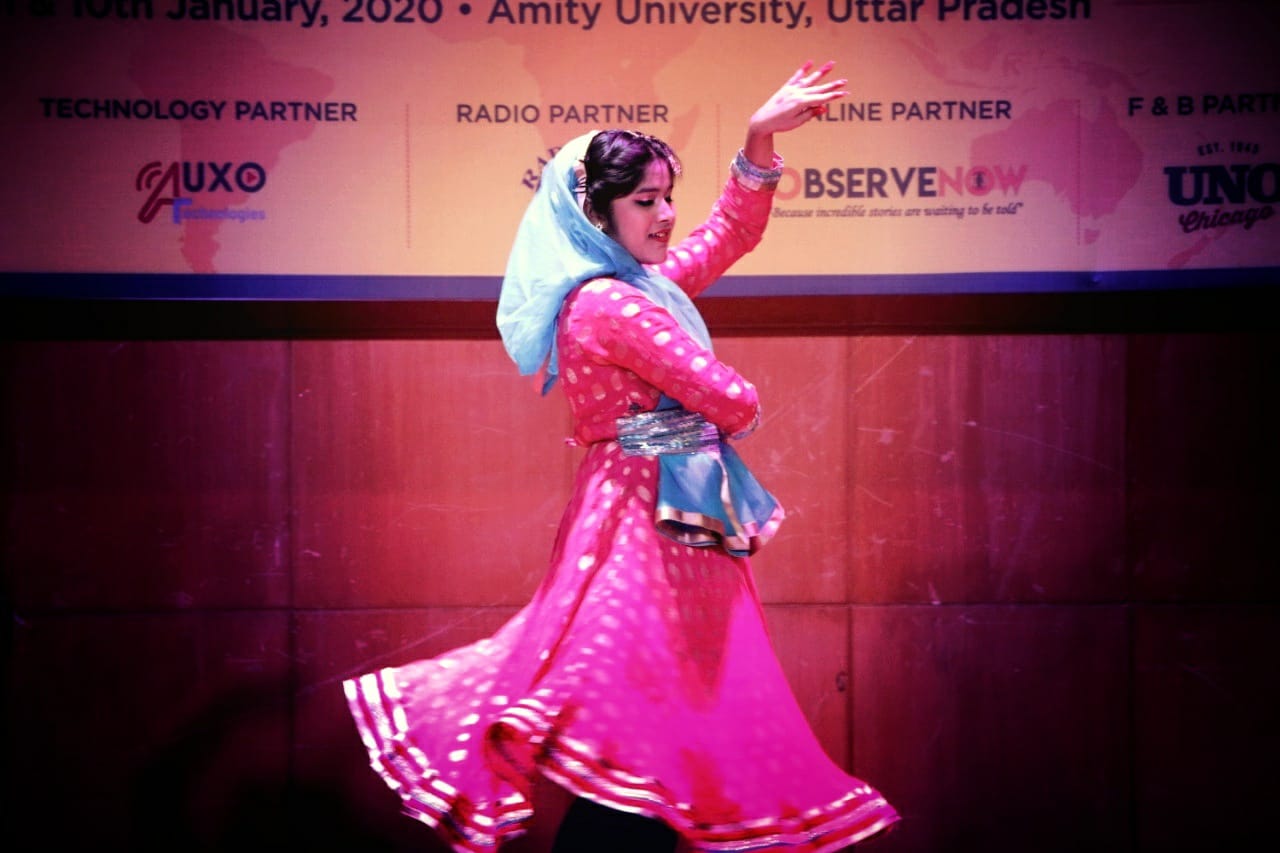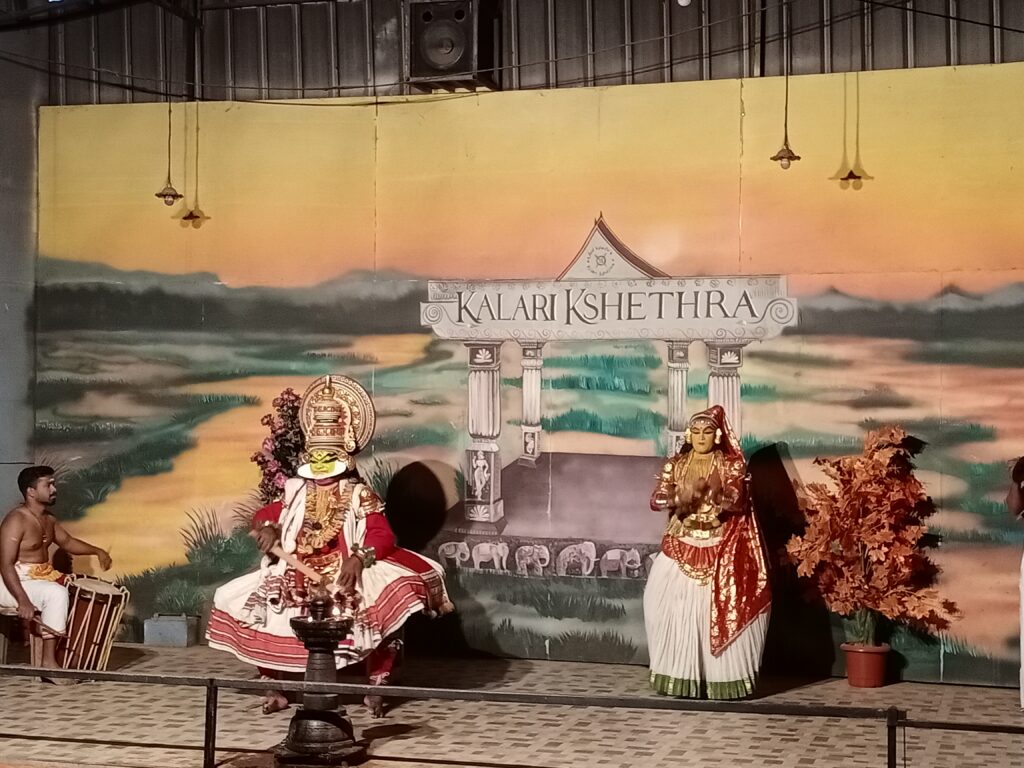India has a rich dance-drama tradition. There are multitudes of dance forms practiced across various regions of India. Some of the dance forms are recognized as classical dances of India for their importance.
These dances reflect the practices and customs of that particular region. Classical dances of India are performed to worship the deities and tells the stories of the gods. Originally most dances were performed in the temple premises.
Among these dance forms, some are considered especially important because of their traditional value and impact on the development of the dances in general. These dances are considered classical dances.
Nritya Shastra of Bharat Muni
Bharat Muni is considered as the most prominent authority in Indian dance-drama tradition. Natya Shastra is his treatise on Natya, which literally means play. For all intent and purposes, Natya means dance and drama traditions. Bharat Muni encouraged the systematic study and development of Natya. He declared dance-drama as the fifth Veda itself. Classical dances of India follow Nritya Shastra in their form and performance.
Bharat Muni was also the first to differentiate between classical and folk dances. He terms traditional religious arts as Margi, while arts for common people were called desi or folk arts.
Inherently the dance tradition in India is religious in nature. Their intent has mostly been to worship the gods.
Sangeet Natak Akademy recognizes eight dance forms as classical dances of India. Here is a brief overview of these dances.
Bharatnatyam
Bharatnatyam is considered as the oldest classical dance of India. It originated in Tamil Nadu. Its mention is found in the second CE Tamil epic Silappatikaram.
Over the extensive period of its development, this dance form has developed a very sophisticated language of expression. Until the nineteenth century, this dance was exclusively performed in the temples only. This art form is closely associated with Lord Shiva. A lot of statues of Natraj Shiva are found in various Mudras since antiquity. Brihadeshwara Temple, Thanjavur dedicated to Shiva, has been one of the most prominent centers of Bharatnatyam tradition for at least one thousand years now.
Temple dancing was banned during the British era. It was the time when this classical dance form came out of the temples. Various artists made efforts for the development of the dance form. Rukmini Devi Arundale is among one of the most prominent of those personalities.
Kathak
Kathak tradition originated in Uttar Pradesh and Rajasthan. This art form can be traced back to traveling performers. These performers were known as Kathakar or storytellers. Katha means a story in Sanskrit and Hindi. Thee Katahak tradition can also be traced back to 400 BC.

These Kathak dancers tell various stories through their hand movements and gestures. The dance form flourished during the Bhakti movement. Childhood stories of Lord Krishna were commonly incorporated in a performance.
Kathak developed through various Gharanas. Three of them – Jaipur Gharana, Banaras Gharana, and Lucknow Gharana are particularly important. These Gharanas emphasized a different aspect of Kathak performance. Over the years, Kathak tradition has encompassed both Hindu and Muslim cultural elements in itself.
Kathakali

Kathakali also has storytelling traditions in its root, similar to Kathak. It originated in Kerala during the reign of Raja Manavedan of Calicut in the sixteenth century. The themes covered are religious legends and spiritual ideas. The dance form has distinct facial expressions for each of the Navarasa. Traditionally only the male performed this dance. Male performers played even female parts.
The Kathakali dance performance is distinct in its makeup, and elaborate makeup. During a dance sequence, the dancers speak sign language and wear expressions through associated mudras.
According to legends, this dance form, in its present form, was developed by Kottarakkara Thampuran. He is also known as Vira Kerala Varma.
Kuchipudi
Kuchipudi originated in the village of Kuchipudi in Andhra Pradesh. Traditionally it was performed by males only. The development of modern-day Kuchipudi is attributed to Siddendra Yogi.
A Kuchipudi dance performer both sings and dances. The performances are highly ritualized. Traditionally all the roles, even females, were played by male Brahmins. However, now the dance form is performed by women mostly.
Manipuri
The Manipuri dance form originated in Manipur. Radha-Krishna romantic stories are usually performed and are called Raasleela. It is believed that the goddess of dawn Usha taught the woman of the Gandharva-Desh or Manipur to dance. The dance form is also called Jagoi.
Manipuri dance has very smooth and rhythmic movements. Females and males have distinct movements. The dancers perform with the narrative chanting and the tune of traditional instruments.
Mohiniyattam
Mohiniyattam is another classical dance form from Kerala. It is traditionally a solo dance performed by women. The songs are sung in hybrid Sanskrit-Malayalam. The performer sings on their own during the performance.
Mohini is a female avatar of Vishnu. During the Samudra Manthan, the Asura has taken control of Amrita or the nectar of immortality. Mohini used her charm to get the Amrita back from Asuras and gave it to Devas. Thus Mohiniyattam means the dance of an enchanting woman.
The Mohiniyattam classical dance form is distinctly feminine in nature, but at the same time, it also incorporates the vigorous dance of Lord Shiva Tandava.
Odissi
This classical dance form originated in the Hindu temples of Orissa. A typical dance performance expresses the story of Jagannath. The Odissi dance form is mostly performed by women.
Archeological findings point that it may be the oldest dance form in India. Odissi is very complex in nature, and a multitude of mudras are used to showcase expressions.
Sattariya
This dance form originated in Assam. Sattariya also flourished during the Bhakti movement in the fifteenth century. It is the most recent dance form to be recognized as a classical dance by Sangeet Natak Akademy.
The dance form originated from the Vaishnav Maths or Sattar. Traditionally Sattariya dance was performed by the male performers who were called Bhokots. Now the dance form is not limited to the temples anymore and is freely performed on stage.
Other Important Dance Forms
The vast Indian dance-drama tradition is in no way limited to the dance forms mentioned above. Some notable mentions are Yakshagana, Chhau, Garba, Bhangra, Bhagavata Mela, and Lavani. In addition to the above dances, Chhau is also recognized as a classical dance of India by the Ministry of Culture.

Pingback: Mohiniyattam - Classical Dance of Kerala - Auchitya
Pingback: All Folk Dances of India - Auchitya
Pingback: Veena and the Carnatic Music - Auchitya
Pingback: Andhra Natyam - Traditional Dance of Andhra Pradesh - Auchitya
Pingback: Odissi - The Classical Dance of Orissa - Auchitya
Pingback: All Folk Dances of India - Statewise Complete List - Auchitya